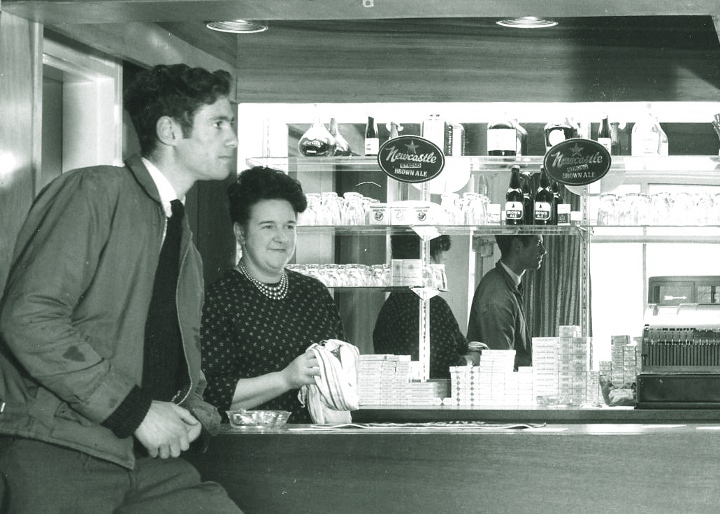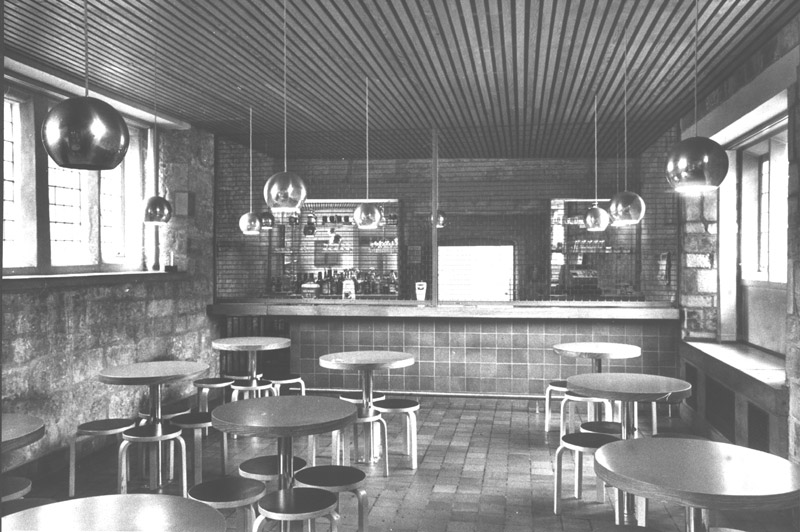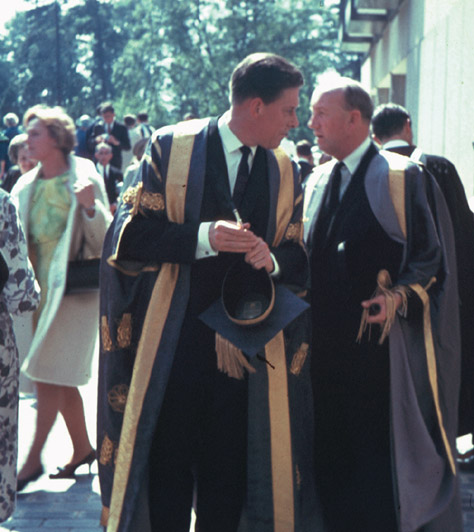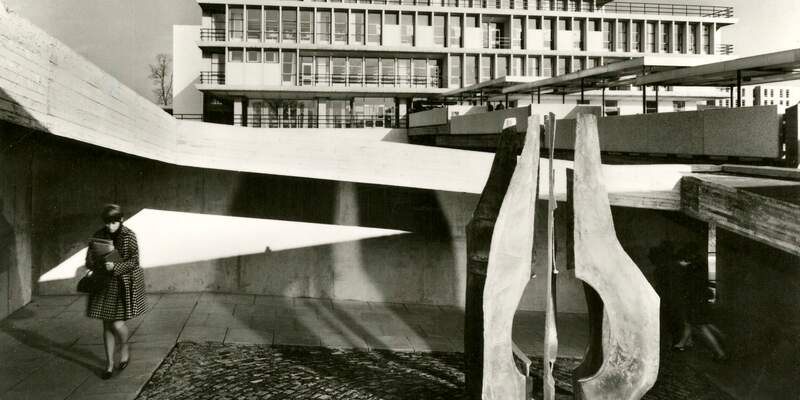
Our history: 1960s
Fresh, young, forward-looking and enthusiastic, the University of York was known for its friendly atmosphere before it even opened its doors.
Planning and building the University happened with astonishing speed. In April 1960 the Government approved the establishment and less than three years, on 9 October 1963, the first students walked through the gates of Heslington Hall.
Key people
- Lord James, Vice-Chancellor (1960 to 1973)
- Lord Harewood, Chancellor (1963 to 1967)
- Lord Clarke, Chancellor (1967 to 1978)
Students’ Representative Council / Students' Union Presidents
- Pradip 'Pip' Nayak (1963/64)
- Dave Mahony (1964/65)
- Tony Banks (1965/66)
- David Willis (1966/67)
- Julian Friedman (1967/68)
- Jon Taylor (1968/69)
- John Randall (1969/70)
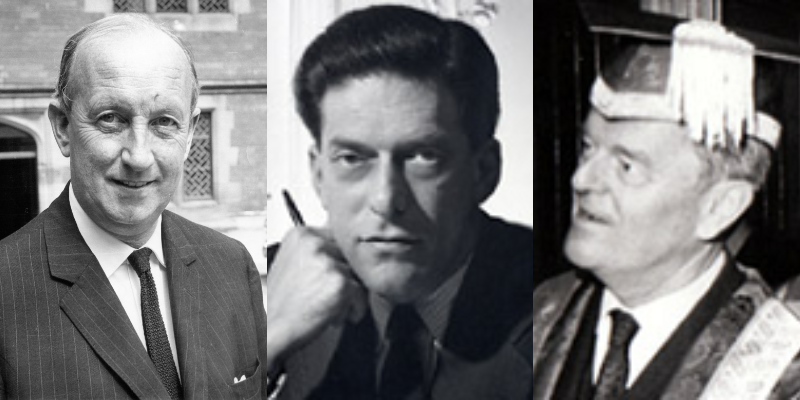
Left to right: Lord James, Lord Harewood and Lord Clark
1963 in stats
academic and administrative staff
undergraduate students
postgraduate students
1960s in pictures
Social life
In such a small population, there was much socialising between staff and students. Everyone was on first name terms, remarked Ruth Ellison, Assistant Lecturer in English: "I had no idea whether I was meeting colleagues, staff, wives or students."
"The place was so small that rugby players mixed with aesthetes," said former student Neil McIntosh.
The informal tone was endorsed by Lord James of Rusholme, the Vice-Chancellor, who rubbed shoulders with staff and students, taking his meals with everyone else in the Heslington Hall dining room.
In the first week of term, a welcome reception for staff and students was held by the Friends of York Art Gallery hosted by Sir Herbert Read with many of the city's distinguished figures present. Later in the month, a service to commemorate the inauguration of the University was held in York Minster.
King's Manor was an important social centre, and staff and students gathered in the dim caverns of the Cellar Club, with its rough brick walls, low vaulted ceilings and coloured lights built into the floor. The blues singer T-bone Walker was among those who played there.
Early days
The community was youthful, keen and liberal-minded. Some of the young academics had returned from the United States, attracted by the alluring combination of old and new which York had. "The average age of the professors is only 40 and the accent is certainly on youth," commented the York and County Times.
In its infancy, the University had a different flavour for each year of the first intake. During the first year all students lived in digs, bussing out to the University where Heslington Hall, the Stables and the New Building housed all the lectures, study and catering facilities.
Building the campus
In the second year, serious building work in Heslington began and English, Education, History and Philosophy were moved to the restored medieval building of King's Manor in the city. Only the Social Sciences remained in Heslington to watch the new University rise from the marshes. Students returned to the site in their third year to find a university 'adrift in a sea of mud'. They could elect to live in the brand new Langwith or Derwent Colleges, where study bedrooms were furnished with plain, heavily textured fabric and hessian and light wood furniture echoing the earnest but modern atmosphere.
Aspects of the architecture that we now take for granted, like the covered walkways, were innovations in the 1960s. Eyebrows were raised at the 'CLASP' buildings and the lake was criticised as being an extravagant feature, although it was actually a necessary part of the construction to allow buildings on such marshy land.
This fascinating documentary from Shepherd Construction charts the rapid development of the campus in the 1960s. Full of interesting footage and insights, it's well worth watching.
First Royal visitor
The major event of the third year was the opening of Derwent and Langwith Colleges by Queen Elizabeth II, on 22 October 1965.
On a cold, foggy northern day the crowds turned out to cheer the Queen and Prince Philip, formally greeted by the Chancellor Lord Harewood. Her Majesty was impressed by Heslington Hall but 'did not like the new colleges.'
In progress
Being a university city was a new experience for York. University Road was still under construction and the lane leading out of the village still meandered away into open countryside. Even Heslington Lane was then a rural road. To help bridge the gap between town and gown, Harry Ree, the first Professor of Educational Studies, persuaded local schools to take students as classroom assistants.
In the nine years under Lord James' Vice-Chancellorship, the University was developed and built on schedule and by the end of the decade, five colleges, three laboratory-based buildings, Central Hall, the Library, the Sports Hall, Music Centre and the Jack Lyons Concert Hall had been completed.
But behind the scenes Lord James was acutely anxious about money and the Government's 'stop start' attitude to funding. "The planning of the buildings, let alone their erection on time, becomes almost impossible," he wrote, concerned that a preoccupation with finance would mean that we lose sight of the real aims of universities. Writing in November 1970 of the years to come, Lord James said "We shall be short of money, short of accommodation; short of staff."
The 1960s ended with 2,500 undergraduate students, twelve times the original intake.
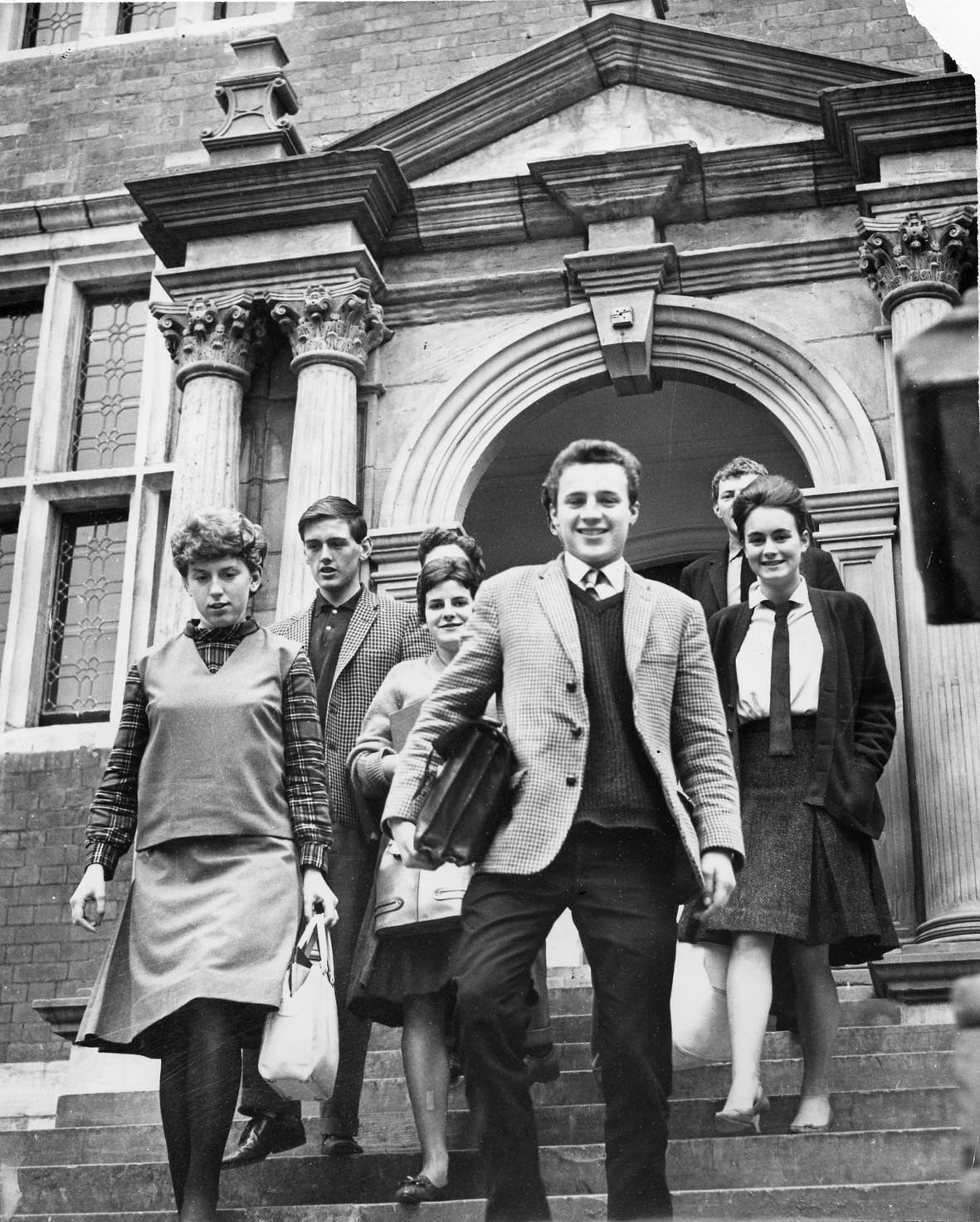
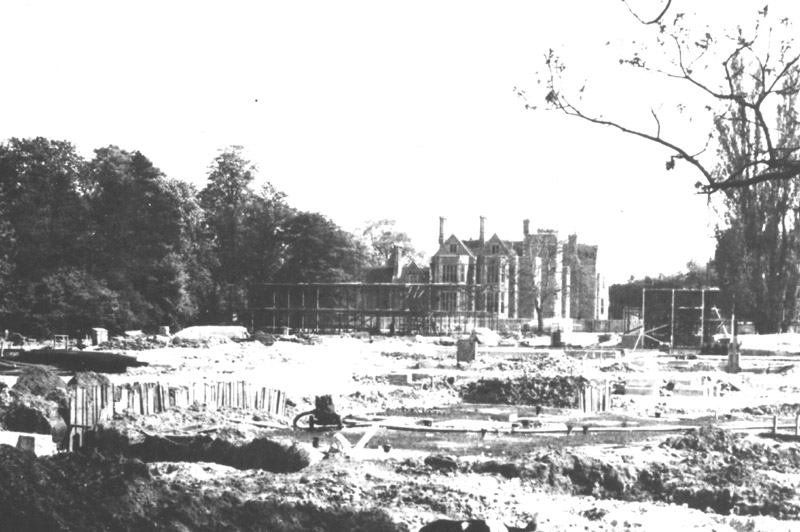

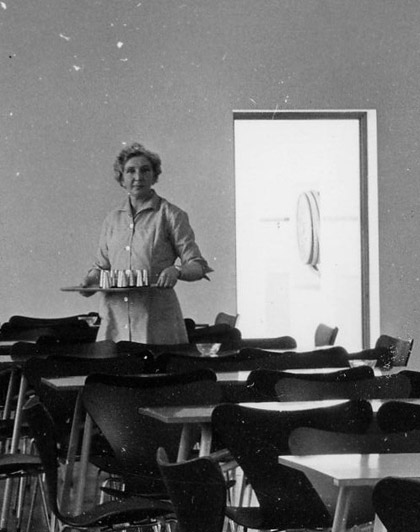

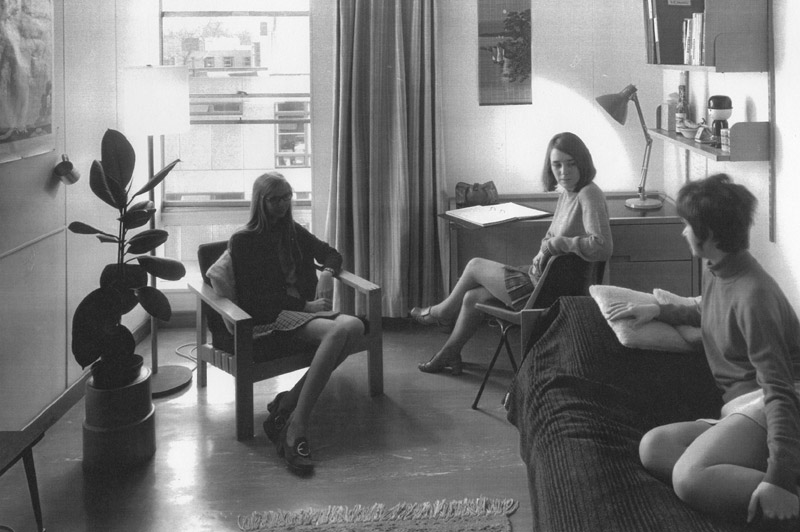
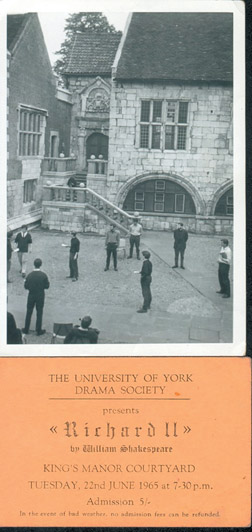
.jpg)
